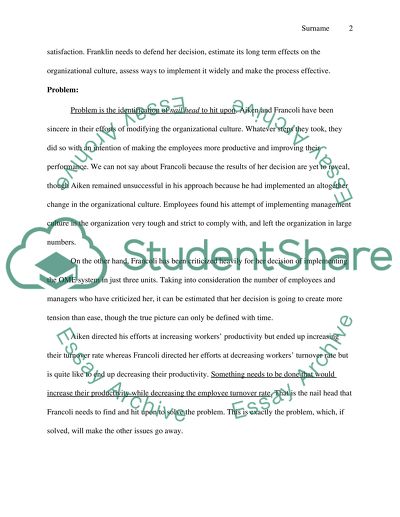Cite this document
(“Organisational behavior Case Study and Analysis Essay”, n.d.)
Retrieved from https://studentshare.org/environmental-studies/1410110-organisational-behavior-case-study-and-analysis
Retrieved from https://studentshare.org/environmental-studies/1410110-organisational-behavior-case-study-and-analysis
(Organisational Behavior Case Study and Analysis Essay)
https://studentshare.org/environmental-studies/1410110-organisational-behavior-case-study-and-analysis.
https://studentshare.org/environmental-studies/1410110-organisational-behavior-case-study-and-analysis.
“Organisational Behavior Case Study and Analysis Essay”, n.d. https://studentshare.org/environmental-studies/1410110-organisational-behavior-case-study-and-analysis.


